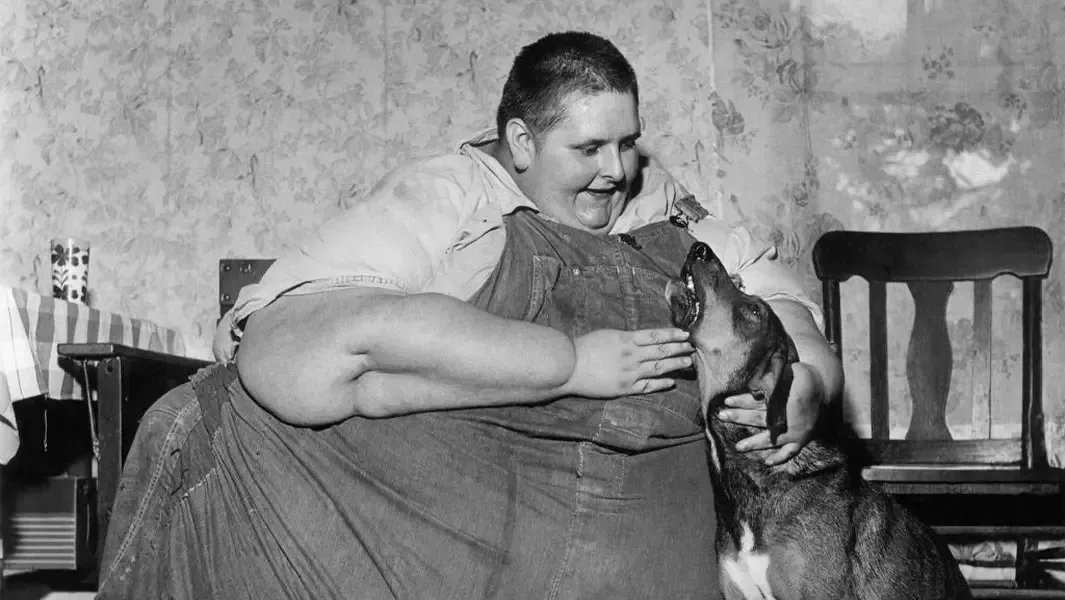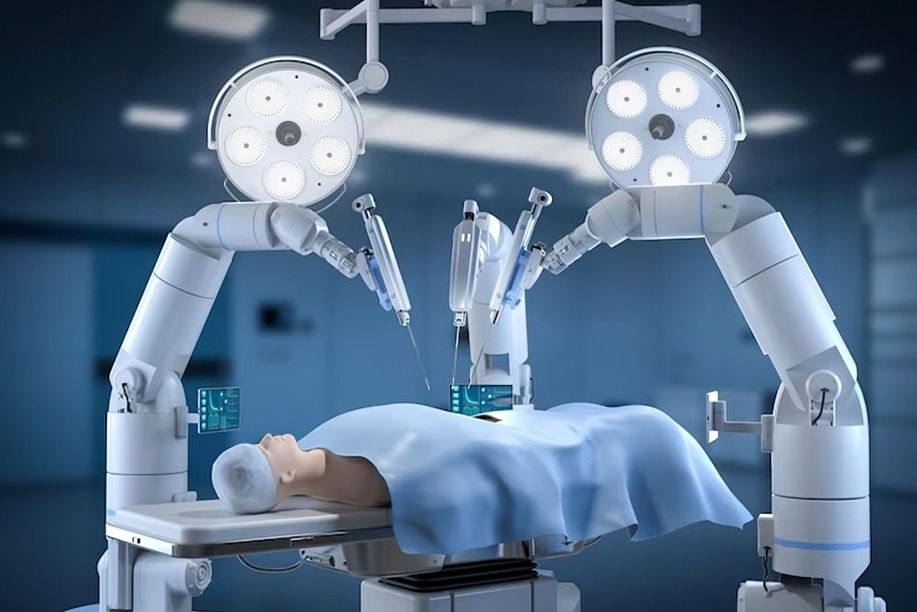
“
Discover the fascinating world of your chest with these intriguing facts about this vital part of your body. From the heart’s relentless pump to the unique way emotions manifest, these facts about your chest reveal its crucial roles in health, strength, and even communication. Dive in to learn how this incredible area supports your overall well-being and much more!1
1
”
The chest, or thoracic region, is a crucial armor for your body. It houses essential organs like the heart and lungs, protected by the ribcage and sternum, and is supported by muscles that help you breathe effortlessly.1
The rib cage, made up of 12 pairs of ribs, safeguards the heart and lungs from injury. It also provides structural support to the upper body. This bony framework is crucial for both protection and respiration.2

Robert Earl Hughes, a remarkable figure in the Guinness Book of Records, holds the record for the largest chest measurement ever recorded at a staggering 315 cm (124 in). He first appeared in the 1955 edition as the heaviest man alive, tipping the scales at 429 kg (946 lb).
The heart pumps approximately 2,000 gallons of blood daily, equivalent to the volume of a small swimming pool. This remarkable feat highlights the heart's critical role in circulating blood throughout the body, sustaining life by delivering essential nutrients and oxygen to all organs.3
Your lungs are unique among organs in that they can float on water due to their air-filled structure. This buoyancy occurs because of their spongy texture, which is essential for their role in breathing and gas exchange in the body.4
Not all heart attacks come with chest pain, especially in women. Symptoms can vary, with women more likely to experience fatigue, dizziness, or nausea. People with diabetes or high pain tolerance might not feel the typical chest pain either.5
Women's hearts generally beat faster than men's, with an average difference of about 8-10 beats per minute. This variation is influenced by hormonal, physiological, and genetic factors, reflecting differences in heart rate regulation and overall cardiovascular health between genders.6
Adam Sandel set a new record by completing 40 chest-to-bar pull-ups in just one minute. This impressive achievement took place in Boston, Massachusetts, on February 23, 2024, showcasing incredible upper body strength.7

Robotics have revolutionized chest surgery with systems like the da Vinci Surgical System. These robots offer precision, control, and flexibility, reducing recovery times and minimizing surgical risks for procedures such as lung resections and heart surgeries.
On average, a person takes 12 to 20 breaths per minute, totaling around 20,000 breaths daily. This constant activity supports vital functions by delivering oxygen to the bloodstream and removing carbon dioxide, crucial for maintaining life and energy levels.8
The record for the longest voluntary breath-hold underwater by a male is 24 minutes 37.36 seconds. This feat was accomplished by Budimir Šobat from Croatia in Sisak on March 27, 2021. His achievement highlights extraordinary lung capacity and control.9
The first successful chest surgery, performed by Dr. Daniel Hale Williams in 1893, involved repairing a pericardial wound. This pioneering operation marked a significant advancement in medical history.10
Contrary to popular belief, strengthening chest muscles doesn’t shrink breasts but rather enhances their support. Building up the pectoral muscles around breast tissue can lift and support the breasts, improving their appearance.11
New smart implants and sensors can monitor and transmit data about chest conditions, such as cardiac function, directly to healthcare providers, facilitating timely interventions and personalized care. 12

The blue whale, the largest animal on Earth, has an enormous chest cavity. Their chest is large enough to house their heart, which can weigh as much as a small car, and their lungs, which are crucial for their massive size.

The blue whale has the largest heart of any living creature. One heart, found in a 24-meter blue whale that washed ashore in Newfoundland in 2014, weighed a staggering 440 pounds and measured about 5 feet in length.
In females, the chest area houses mammary glands involved in breast development and milk production. This development begins at puberty and evolves throughout life. Breast health is a key aspect of overall well-being.13
Elephants have some of the largest chests in the animal kingdom. Their massive ribcages and thick skin support their enormous bodies, with the chest cavity accommodating their large lungs and heart.14
Heart attacks are notably more common on Monday mornings, a phenomenon attributed to increased stress levels and the transition from weekend relaxation to the workweek. This spike in incidents reflects the impact of psychological and physiological stress on cardiovascular health.15
The average lung capacity for an adult is approximately six liters. This capacity allows for efficient gas exchange, vital for oxygenating the blood and removing carbon dioxide. Variations in lung capacity can occur based on factors such as age, gender, and physical condition.16


